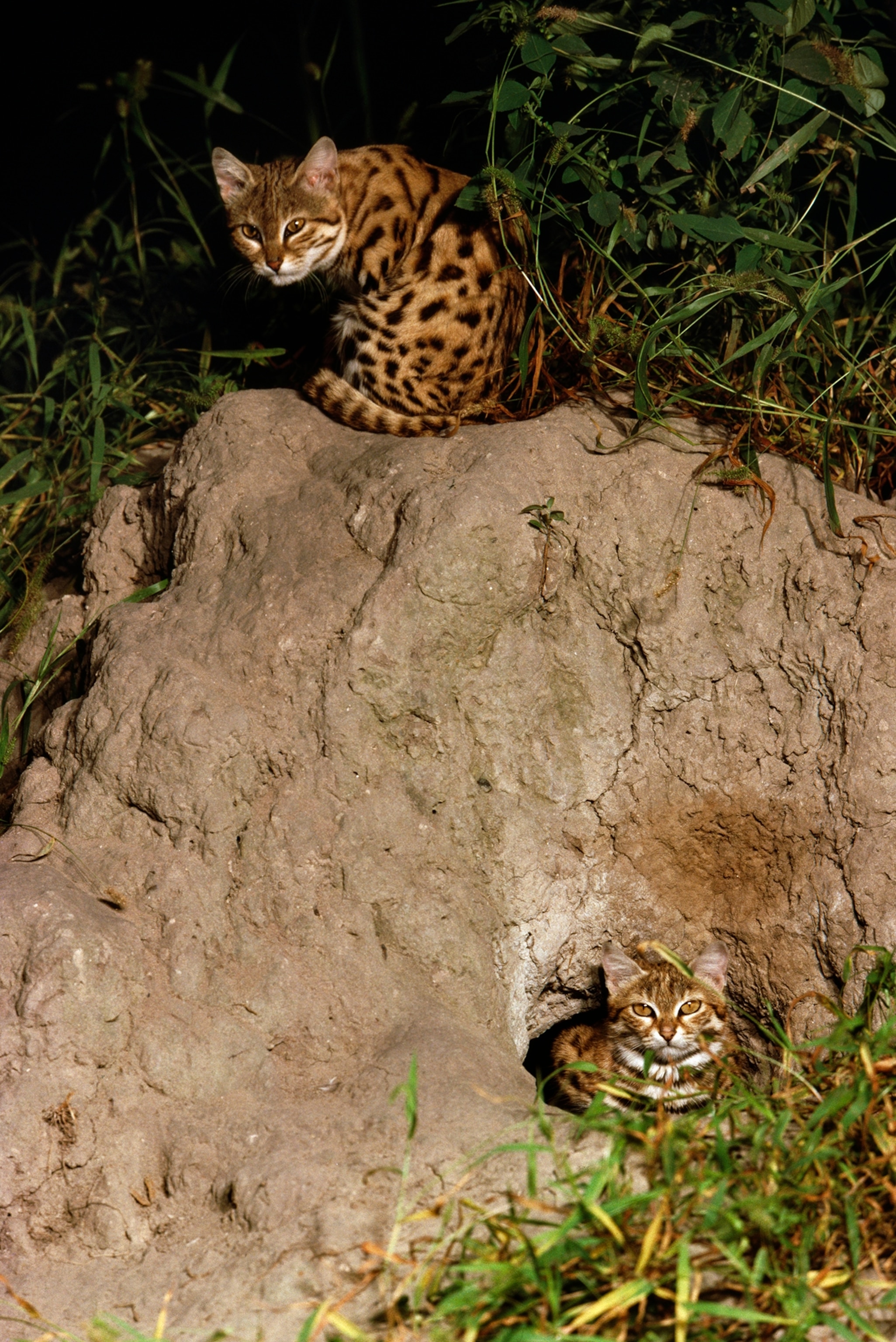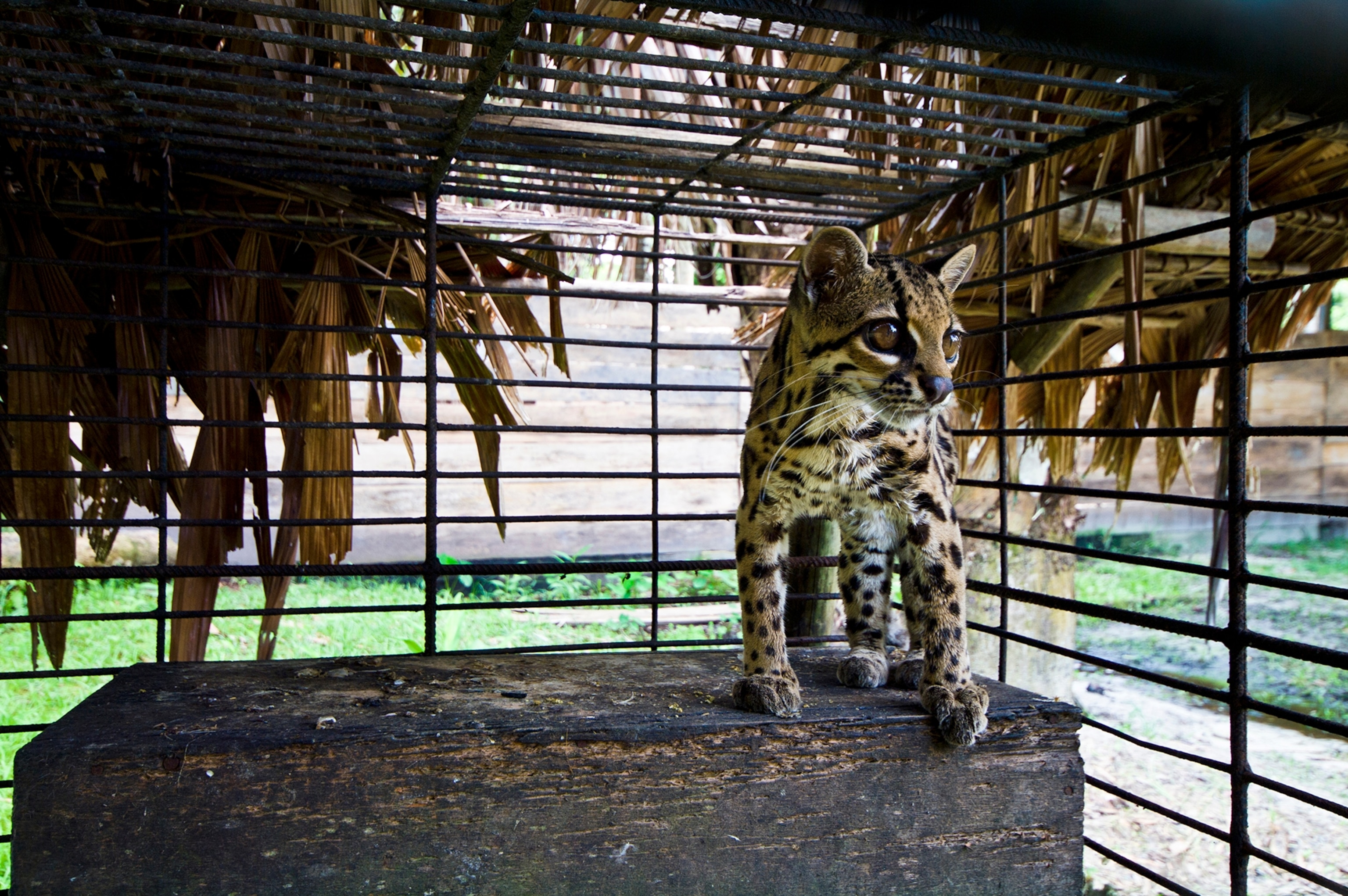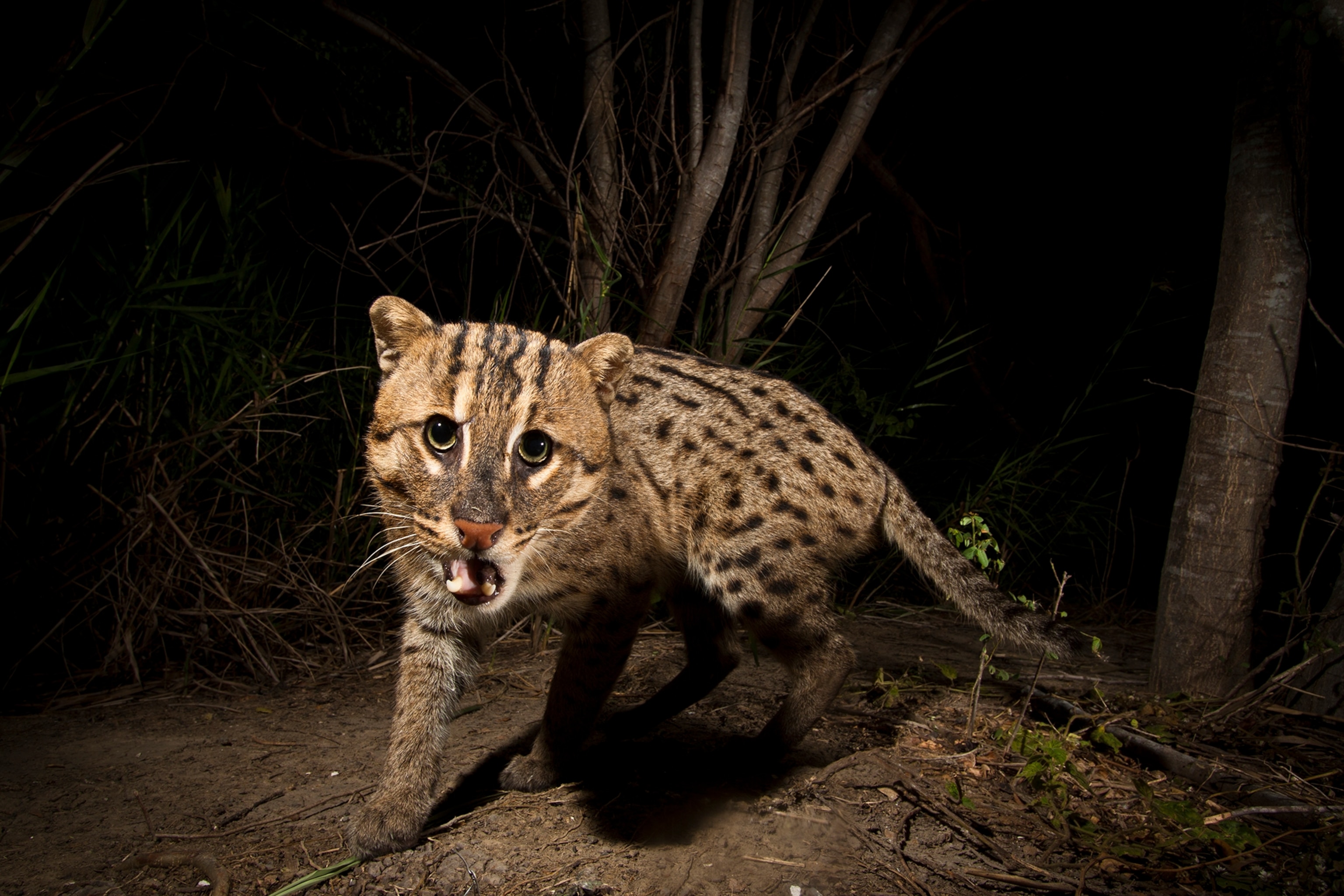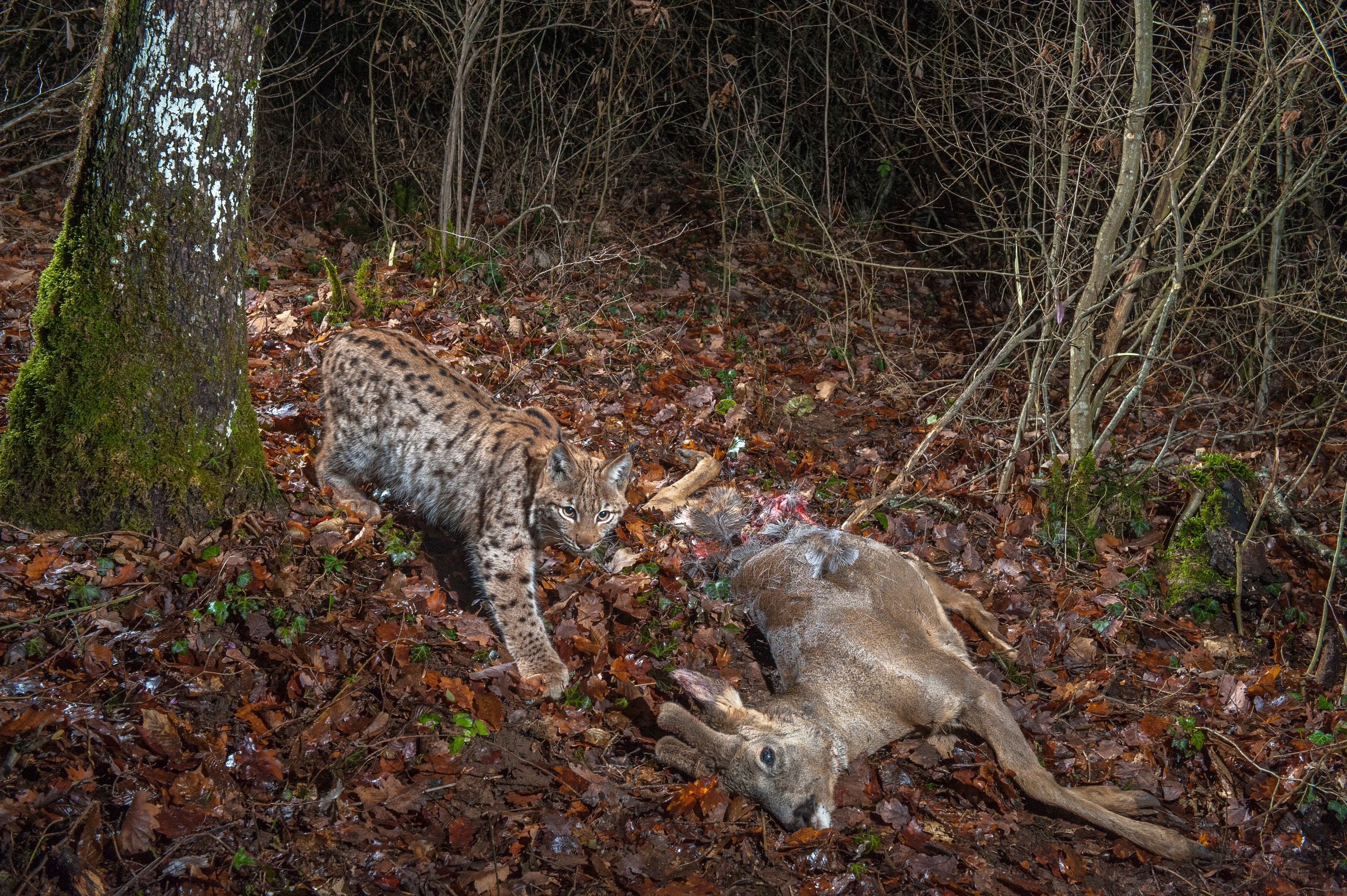
Cats know their names—why it's harder for them than dogs
New research in Japan's cat cafes reveals our pet felines are more attuned to us than we thought.
Cats know many things: how to catch mice, what the sound of the can opener means, and even how to take over the internet.
But the one question cat expert Atsuko Saito always gets is whether cats recognize their own names, an ability that's well known in dogs.
In a new study in the journal Scientific Reports, the psychologist at Tokyo’s Sophia University showed that they do know their names—even when called by a stranger.
Cats are Saito’s favorite animal, and after studying primate cognition in graduate school, she set her research sights on the oft-misunderstood pets. (Is everything you think about cats wrong?)
“I love cats. They’re so cute and so selfish. When they want to be touched, they’ll come by me, but when they want to be left alone, they’ll just leave,” she says, laughing.
Her past experiments have revealed cats can interpret human gestures to find hidden food, recognize their owner’s voice, and beg for food from a person who looks at them and calls their name—all of which suggested that felines know their names.
What’s in a name?
Saito and colleagues tested this hypothesis by observing a total of 78 housecats and felines living in cat cafés in Japan.
In the homes and cafés, the researchers asked both owners and strangers to call a cat’s name, and then videotaped responses that would indicate recognition, such as ear and head movements and tail swishing.
In a series of four different experiments, the team discovered cats showed a meaningful response to their own names—even after hearing four similar-sounding nouns or the names of other cats living in the home or the cat café. (Read how to properly train your cat.)
The cats showed interest not only when their owners called their names, but even when strangers did.
It’s possible cats may have learned to pair the sound of their name with rewards, such as food and petting, Saito explains.
“It was a really well-done study,” says Jennifer Vonk, a cognitive psychologist at Oakland University in Michigan who wasn’t involved in the research. (Learn surprising things you never knew about your cat.)
Vonk has done a similar, anecdotal experiment with her own cats, in which her husband says all sorts of silly names in a sing-song voice to see if the pets respond. And they usually don’t.
Dogs at an advantage
Even though the cats’ responses weren’t as enthusiastic as those of dogs, Saito notes that canines are literally born to respond to their names.
For centuries, people have selectively bred dogs to be obedient and responsive. Cats, on the other hand, pretty much domesticated themselves when wildcats followed mice and rats into agricultural settlements. Not only that, but domestic dogs have a 20,000-year headstart over cats.
See Our Favorite Pictures of Cats You've Never Heard Of
Also, one of the first things dogs learn in obedience school is how to answer to their name, which in turn makes them easier to work with and socialize.
“We’re always taking dogs out for walks and introducing them to new people. And you can easily train dogs with treats and other rewards,” Vonk notes.
“You bring cats to the lab, and they just freeze.”
Evolution in progress
Saito notes domestic cats are still evolving—thanks to us.
Until a decade or two ago, most pet cats spent most of their time outside, coming indoors only at night or in bad weather. (See our favorite photos of pet felines.)
With more and more cats spending their lives inside, in closer contact with humans, a cat’s ability to read and respond to our cues may become even stronger.
“Social evolution is an ongoing process,” Saito concludes.



















